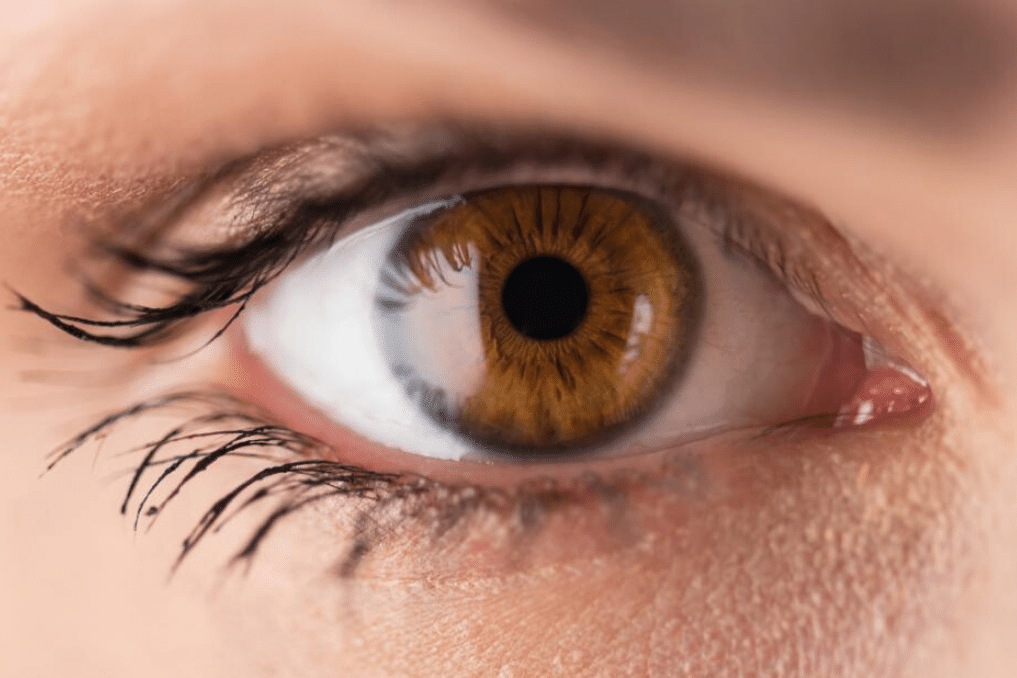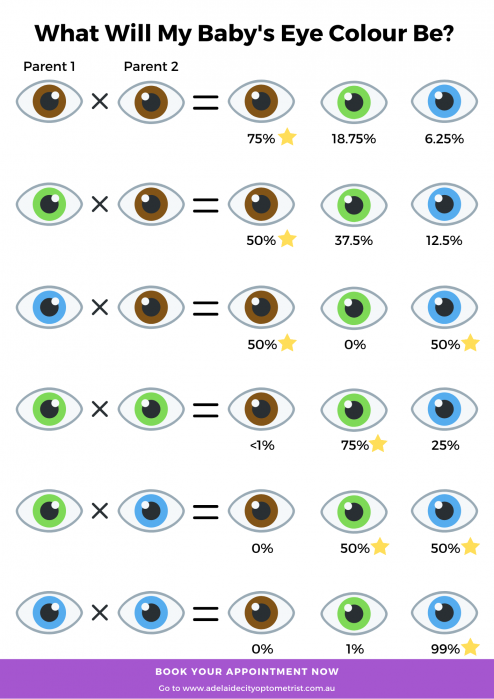
Eyes are one of the first things we notice in a person and often known as “the window to the soul” and questions on eye colour are some of the most popular in our studio. Some of our most popular questions include:
“What are the colour of my eyes?”
“Can I wear coloured contact lenses?”
“And What colour eyes will my children have?”
But there is one eye colour that people associate with a sense of mystery and are hard to describe, which is hazel/honey eyes. In this post, we’re going to go over what causes hazel eyes, what colour they appear as, who gets them and why they appear that colour.
People with Hazel eyes often have their eye colour described as a light brown, golden, brownish-green, and like its namesake, the colour of hazelnut. The difficulty to describe the eye colour comes from its ability to change tone depending on the light around it. Although hazel eyes appear to contain flickers of blue, green, or amber, these colour pigments don’t exist in the human eye leaving a mystery as to where the hazel eye colour truly comes from. But with only 5% of people achieving this eye colour naturally, we’re taking a look into who can have natural hazel eyes and why.
WHAT CAUSES THEM?
When we’re younger, many of us learn that our eye color is determined based on the colour of our parent’s eyes. We are also taught that brown eyes are the most popular in the world due to a dominant gene and the blue eye colour gene is recessive. It was previously believed that two blue-eyed parents could only give birth to blue-eyed babies but we have since seen this is not the case. It was previously believed that there were only 2 genes that determined your eye colour but recent studies have shown that there are up to 16 genes which can determine this.
*Please note this chart is a not a guarantee for your child’s eye colour*
Although making up a large portion of how we can determine a child’s eye colour, there are many factors other than genetics that need to be taken into consideration. Many children are born with blue eyes and with age, their eyes begin to change colour to green, brown, or hazel.
WHAT COLOUR ARE THEY
When talking about the colour of our eye, we’re really talking about the iris. The iris is a pigmented structure inside your eye surrounding your pupil. The pigment which determines your eye colour is melanin and is also responsible for your skin colour.
Part of the reason that some people’s eye colour changes over time is that as babies, many of us don’t have the full amount of melanin present. This means that as we grow older, a lot of melanin may accumulate in our iris causing them to change from a blue colour. Children whose eyes change to brown contain high amounts of melanin whereas those whose eyes change to green or hazel contain less.
Babies born of brown eyes, no matter the ethnicity will have this eye colour for their life. This means that the baby is naturally born with higher levels of melanin in their eyes and skin.
WHO GETS THEM
Unfortunately, those with an Asian, African American, or Hispanic heritage are unlikely to have Hazel eyes due to the large amounts of melanin they are naturally born with. People of a Caucasian descent may develop hazel eyes as their irises darken with age.
WHY ARE THEY THAT COLOUR
Hazel eyes are both complicated and spectacular as there is no one shade of hazel that the eyes come in. The colour is determined by many factors including:
– The amount of melanin in the iris
– The distribution of melanin in the iris
– How the light scatter in the iris and pigment molecules affect colour
– And how the perception of the iris colour in contrast to our surroundings.
Much like everything, hazel eyes depend on a variety of both internal and external elements which makes every hazel eye unique.
WHO ELSE HAS THEM?
But don’t worry, if you’re reading this and starting to feel like you might be alone with your strange and unique hazel coloured eyes, there are many others who have hazel eyes that you might’ve heard of.
HOW CAN YOU GET THEM?
No matter the natural colour of your iris, if you’ve always wanted hazel eyes or even a lighter eye colour you can achieve this through coloured contact lenses. Of course, this won’t permanently change the colour of your eyes but will give the appearance of it for a small time.
Color contact lenses are available in a variety of colours so you’re not just limited to hazel but also other uncommon shades such as gray eyes, amber eyes, amethyst eyes, and more popular colours of blue, green, and brown.
If you’re wanting to find out what colour contacts are best suited for you, check out our colour contact guide. Alternatively, to discuss with our optometrist what colour contacts are right for you, you can book an appointment here!
Remember, coloured lenses are a prescription item and if you don’t already wear glasses or contact lens, you will need an eye test before ordering them.





